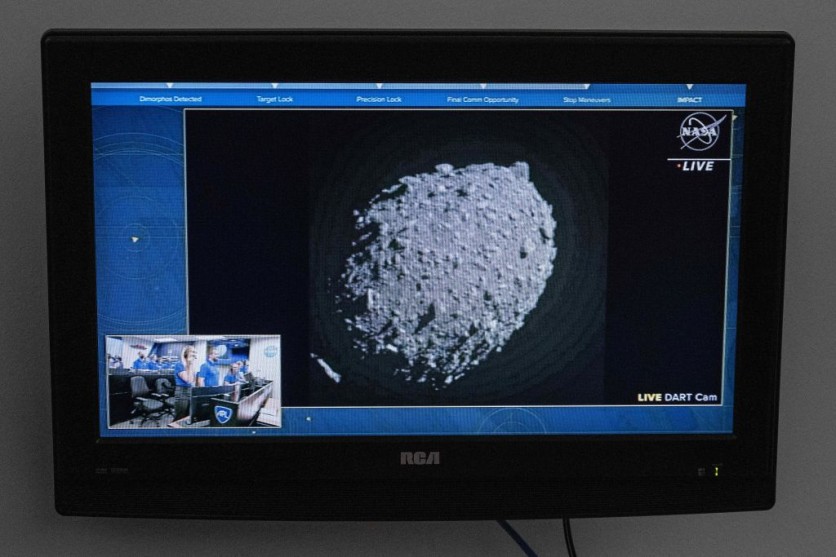NASA warns that a huge asteroid as big as the largest African elephant or a box truck is closely passing by our home planet, Earth, this week.
The US space agency notes that the near-Earth asteroid, known as 2023 BU, is going to have a very close encounter with our home planet.

NASA Warns Huge Asteroid Pass by Earth
The National Aeronautics and Space Administration (NASA) says that the near-Earth asteroid is passing by Earth closely on January 26, Thursday, as per a report by Phys.org.
The space agency notes that the 2023 BU is passing by our home planet at around 4:27 pm Pacific Time (PST). And it sure is quite close, at only 2,200 miles above the surface of the Earth. To put it in perspective, it is within the orbit of our geostationary satellites.
An amateur astronomer, Gennadiy Borisov, discovered the near-Earth asteroid over the weekend.
In addition, the Minor Planet Center (MPC) also reported additional observations for the 2023 BU, which help predict the orbit of the space rock.
How Big is the Near-Earth Asteroid This Week?
According to a report by News.com Australia, the huge space object is roughly 3.5 meters to 8.5 meters or 11.5 to 28 feet big.
The news outlet notes it is about as big as the largest African elephant. Meanwhile, if you have no idea how big elephants in Africa are, Phys.org says that it is similarly sized as a box truck.
Although the asteroid is big, it is not gigantic enough to kill a planet.
Is It Harmful to Earth?
However, the space agency notes that there is no risk that the space rock is impacting Earth. But if the prediction of NASA was inaccurate, and the asteroid proceeds to our home planet, Phys.org says it is harmless.

Due to the asteroid's size, the space rock would have disintegrated in the atmosphere immediately. And instead, it could end up falling as mere small meteorites.
And as such, the upcoming near-Earth object is far from creating a similar scenario as the Netflix apocalyptic satire, "Don't Look Up." After all, it is not some planet-killing asteroid.
News.com Australia notes that the 2023 BU is passing near the orbit of the geostationary satellites that are situated on top of South America. However, the space rock is still miles away from the International Space Station (ISS).
Related Article : NASA Chooses TitanAir and a Pellet-Beam Propulsion Among 14 Concepts That Could Change Space Exploration for Good

ⓒ 2025 TECHTIMES.com All rights reserved. Do not reproduce without permission.




